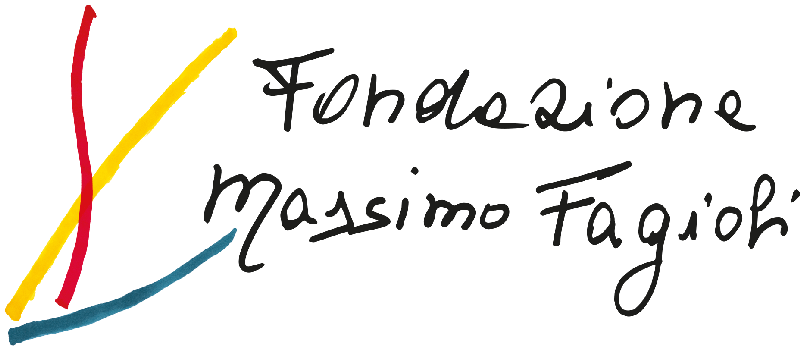Keywords: desire, avidity, weaning, identification, introjection, libido
The concept of greed, whose corresponding definition is ardent desire for something, in the Italian language originated in the sixteenth century, originates from the term bramoso, which in turn derives from the word brama. The covetous is therefore the one who lusts, who has ardent desire for something and is used in many senses: being eager to know; longing for honors, for gain, eager for pleasures or revenge. The term bramosia in common language has always been approached to the concept of desire, which in the Italian language is understood both as an intense feeling that pushes to seek possession, the attainment or implementation of what can satisfy one’s physical or spiritual need – to feel, to feel the desire for a thing; to make a wish, to be tormented by desire to satisfy one’s desires, May it be as a feeling of the lack of something necessary for our physical or spiritual interest: to have a desire for tranquility, for love, for a sincere affection.
In philosophy, the term desire indicates a state of affection of the ego, consisting of a volitional impulse directed to an external object, of which one desires contemplation, or, more easily, possession and/or availability. It is therefore evident that the two terms desire and covetousness have never been distinguished from each other, and this identification has involved, in the field of dynamic psychology, to confuse two fundamental psychic dimensions that determine the process of formation of human identity from birth, and therefore need to be deepened. Massimo Fagioli, in Instinct of Death and Knowledge, was the first to distinguish the concept of desire from that of greed.
The dynamics connected to the longing relationship with the object is for Fagioli the projective identification, whereby the physical object devoured in a state of blindness is then projected, that is put into the object. Craving can occur at weaning, at the time when the child makes the separation from the mother’s breast. When the object relationship with the breast ends, the fantastical longing child to introject it and then destroy it and is destroyed with introjection and identification with the mother, instead of separating for the satisfaction of desire. The dynamics connected to the longing relationship with the object is for Fagioli the projective identification, whereby the physical object devoured in a state of blindness is then projected, that is put into the object.
In The Puppet and the Puppet Massimo Fagioli, he presents the description of the greedy subject, defined as a vampire, as one who is greedy for mere physical substance, as he sees only the possibilities of the other to give physical pleasure. The vampire, greedy, wants only physical gratifications, caresses, oral pleasure to suck, affection physically perceptible and not thought, sexual investment of the other. These subjects, who do not see the human qualities of the other, Massimo Fagioli defines them as “myopic” unable to see far, deep. Unlike greed, desire, for Fagioli, is a function of the ego linked to the relationship with the other by fusion with sexual investment. The attraction to, the desire to, implies the concept of libido tending to union with the object. Desire refers to desiring the content, the affections, of the desired object.
Greed, on the other hand, represents a dynamic of sadomasochistic relationship of anger and hatred with the containing that, unlike desire, involves the annulment of the content of the object. In dynamic psychotherapy, therefore, craving is frustrated. The psychotherapist must lead the patient to realize that craving represents his internal pathological dimension, that in the psychotherapeutic relationship can be cured, with interpretation and frustration, leading the patient to develop his own dimension of desire.
Bibliography
- M. Fagioli (2017 [1972]), Istinto di morte e conoscenza, L’Asino d’oro edizioni, Roma;
- M.Fagioli (2011 [1974]), La marionetta e il burattino, L’Asino d’oro edizioni, Roma;
- Abbagnano N. Dizionario d Filosofia, UTET Editore, 2013
